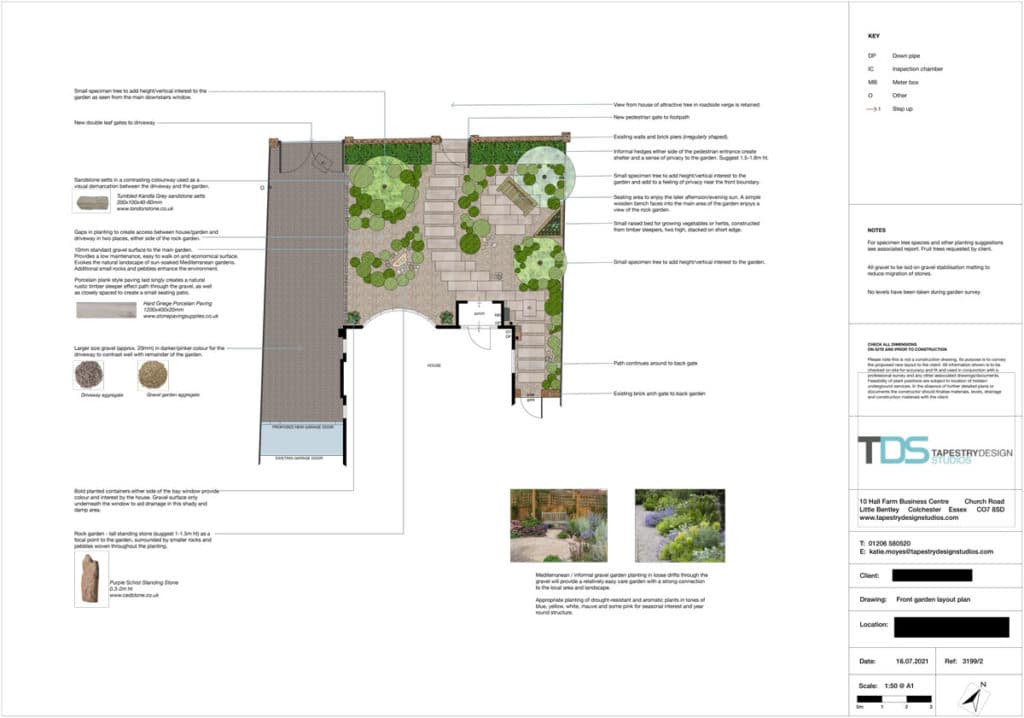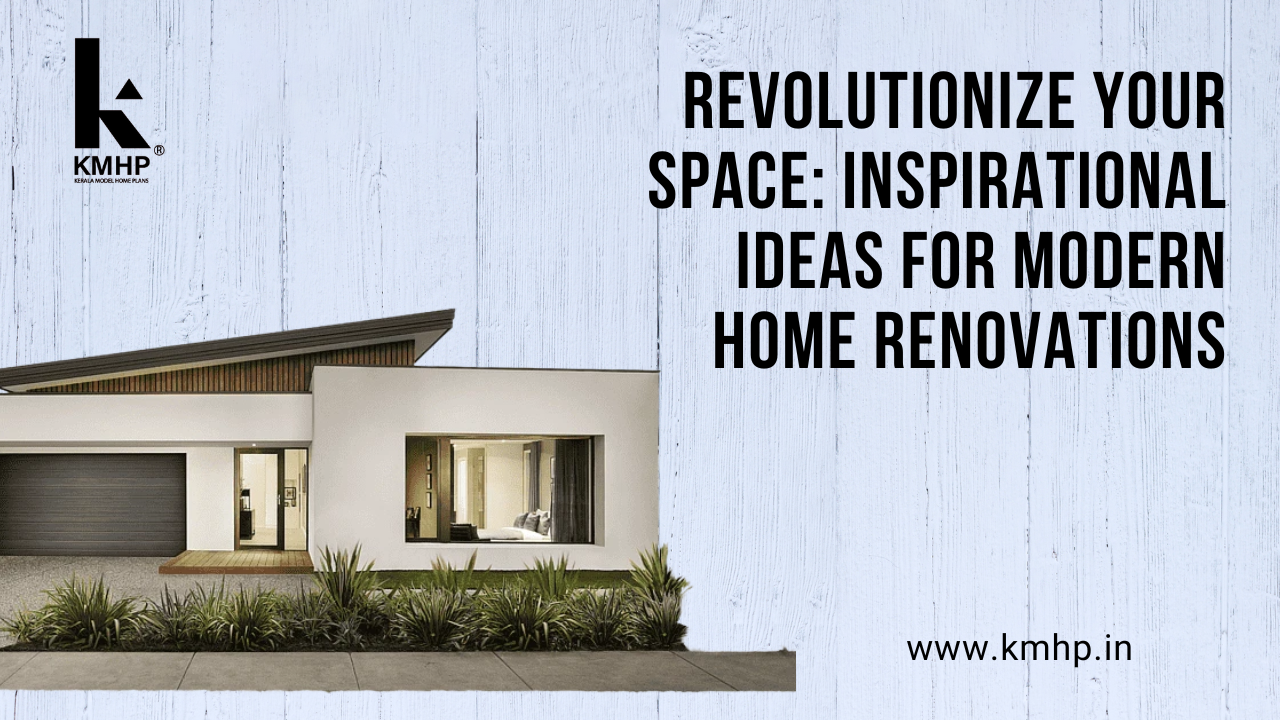How to Plan Home Design: A Comprehensive Guide
Designing your dream home is an exciting but complex undertaking. It requires careful planning, consideration of various factors, and a clear vision of your desired outcome. At cartlab.web.id, we understand the intricacies involved in this process and aim to provide you with the tools and knowledge to navigate it successfully. Whether you’re building a new home from scratch or renovating an existing one, a well-defined plan is crucial for a satisfying and efficient project. This comprehensive guide will walk you through the essential steps of how to plan home design, ensuring your vision translates into a beautiful and functional living space.
This process can feel overwhelming, but breaking it down into manageable steps makes the task significantly less daunting. From initial concept to final execution, each stage requires careful consideration and decision-making. This guide aims to equip you with the necessary information and strategies to manage each step effectively, minimizing stress and maximizing your chances of achieving your dream home.
Ultimately, the success of your home design project hinges on meticulous planning. By following the steps outlined in this guide, you’ll gain a clear understanding of the process, enabling you to make informed decisions, stay within budget, and create a home that perfectly reflects your lifestyle and preferences. Let’s dive into the details!
1. Defining Your Needs and Preferences: The Foundation of Your Design

Before you even think about architectural styles or color palettes, you must clearly define your needs and preferences. This crucial first step lays the foundation for the entire design process. Consider the following:
-
Lifestyle: How do you live? Do you entertain frequently? Do you work from home? Do you have children or pets? Your lifestyle significantly impacts the functionality and layout of your home. For instance, a family with young children will require different features than a retired couple.
-
Budget: Establish a realistic budget early on. This will guide your choices throughout the design process, preventing costly overruns. Remember to factor in unexpected expenses, as they are inevitable in any construction project.
-
Size and Location: Determine the ideal size of your home and its location. Consider factors like proximity to work, schools, and amenities. The size of your lot will also dictate the overall footprint of your house.
-
Style and Aesthetics: Research different architectural styles and interior design trends. Browse magazines, websites, and visit showrooms to identify styles that resonate with you. Pinterest is a great tool for collecting inspiration. Do you prefer a modern minimalist aesthetic, a rustic farmhouse feel, or perhaps a traditional Victorian style? Defining your style early on will help you maintain consistency throughout the design process.
-
Functionality: Think about the functionality of each room. How will you use each space? What features are essential? For example, a home office might require ample natural light and storage, while a kitchen might need a large island for food preparation and casual dining.
2. Creating a Detailed Floor Plan: The Blueprint of Your Home

Once you’ve defined your needs and preferences, it’s time to create a detailed floor plan. This is the blueprint of your home, outlining the layout of each room, their dimensions, and their relationship to one another. Consider these aspects:
-
Room Placement: Strategically place rooms based on their function and your lifestyle. For instance, the kitchen should be conveniently located near the dining area, while bedrooms should be situated away from noisy areas.
-
Traffic Flow: Plan for efficient traffic flow throughout the home. Avoid creating bottlenecks or awkward pathways. Consider the placement of hallways and doorways to ensure smooth movement between rooms.
-
Natural Light: Maximize natural light by strategically placing windows and doors. This not only improves the ambiance but also reduces the need for artificial lighting.
-
Storage: Plan for ample storage space throughout the home. Consider built-in closets, cabinets, and pantries to keep things organized.
-
Accessibility: If you have any accessibility needs, incorporate features that make your home easier to navigate. This might include wider doorways, ramps, or grab bars.
3. Selecting Materials and Finishes: Adding Personality and Style

Choosing materials and finishes is where your home’s personality truly comes to life. This step allows you to express your style and create a cohesive look throughout your home. Pay close attention to:
-
Flooring: Select flooring materials that are durable, aesthetically pleasing, and suitable for each room’s function. Consider options like hardwood, tile, carpet, or laminate.
-
Countertops: Kitchen and bathroom countertops are key focal points. Choose materials that are both functional and stylish, considering durability, maintenance, and budget.
-
Cabinets: Cabinetry plays a significant role in the overall look and feel of your kitchen and bathrooms. Select styles, colors, and materials that complement your chosen aesthetic.
-
Paint Colors: Paint colors can dramatically impact the mood and ambiance of a room. Choose colors that reflect your personality and create a welcoming atmosphere.
-
Lighting Fixtures: Lighting is crucial for both functionality and aesthetics. Select fixtures that provide adequate illumination and enhance the overall design. Consider a mix of ambient, task, and accent lighting. For more information on creating visually stunning spaces, check out our article on Luxury Interior Design: Crafting Exquisite Living Spaces at cartlab.web.id/luxury-interior-design-crafting-exquisite-living-spaces.
4. Incorporating Sustainable and Energy-Efficient Features: Building a Greener Home

Incorporating sustainable and energy-efficient features is not only environmentally responsible but can also save you money in the long run. Consider the following:
-
Insulation: Proper insulation is crucial for energy efficiency. Choose high-quality insulation materials to minimize heat loss in winter and heat gain in summer.
-
Windows: Energy-efficient windows can significantly reduce energy costs. Look for windows with low-E coatings and high-performance glazing.
-
Lighting: Use energy-efficient lighting, such as LED bulbs, to reduce energy consumption.
-
Appliances: Choose energy-efficient appliances, such as refrigerators, washing machines, and dryers, to minimize your environmental impact.
-
Renewable Energy: Explore options like solar panels or geothermal heating and cooling to generate renewable energy. The use of concrete, for instance, can contribute to a more sustainable home. Learn more about the possibilities with our guide on Concrete in Home Design: A Beginners Guide at cartlab.web.id/concrete-in-home-design-a-beginners-guide.
5. Exterior Design and Landscaping: Creating Curb Appeal

The exterior of your home is the first impression visitors will have. Careful planning of your exterior design and landscaping is essential to create a welcoming and visually appealing space. This includes:
-
Exterior Materials: Choose durable and aesthetically pleasing exterior materials, such as siding, roofing, and brick.
-
Landscaping: Plan your landscaping to enhance the curb appeal of your home. Consider the placement of trees, shrubs, flowers, and walkways.
-
Driveway and Pathways: Design functional and attractive driveways and pathways that complement the overall design of your home.
-
Outdoor Living Spaces: Consider incorporating outdoor living spaces, such as patios, decks, or porches, to extend your living area.
For a deeper dive into creating a stunning entrance to your home, refer to our comprehensive guide on Front Elevation Design: A Comprehensive Guide at cartlab.web.id/front-elevation-design-a-comprehensive-guide.
Conclusion
Planning your home design is a journey that requires careful consideration, meticulous attention to detail, and a clear understanding of your needs and preferences. By following these steps and incorporating the advice provided, you’ll be well-equipped to navigate the process efficiently and create a home that perfectly reflects your unique style and lifestyle. Remember, the process is as important as the outcome, so enjoy the journey of designing your dream home! For more detailed guidance and resources on how to plan home design, visit our comprehensive guide at How to plan home design.






Comments